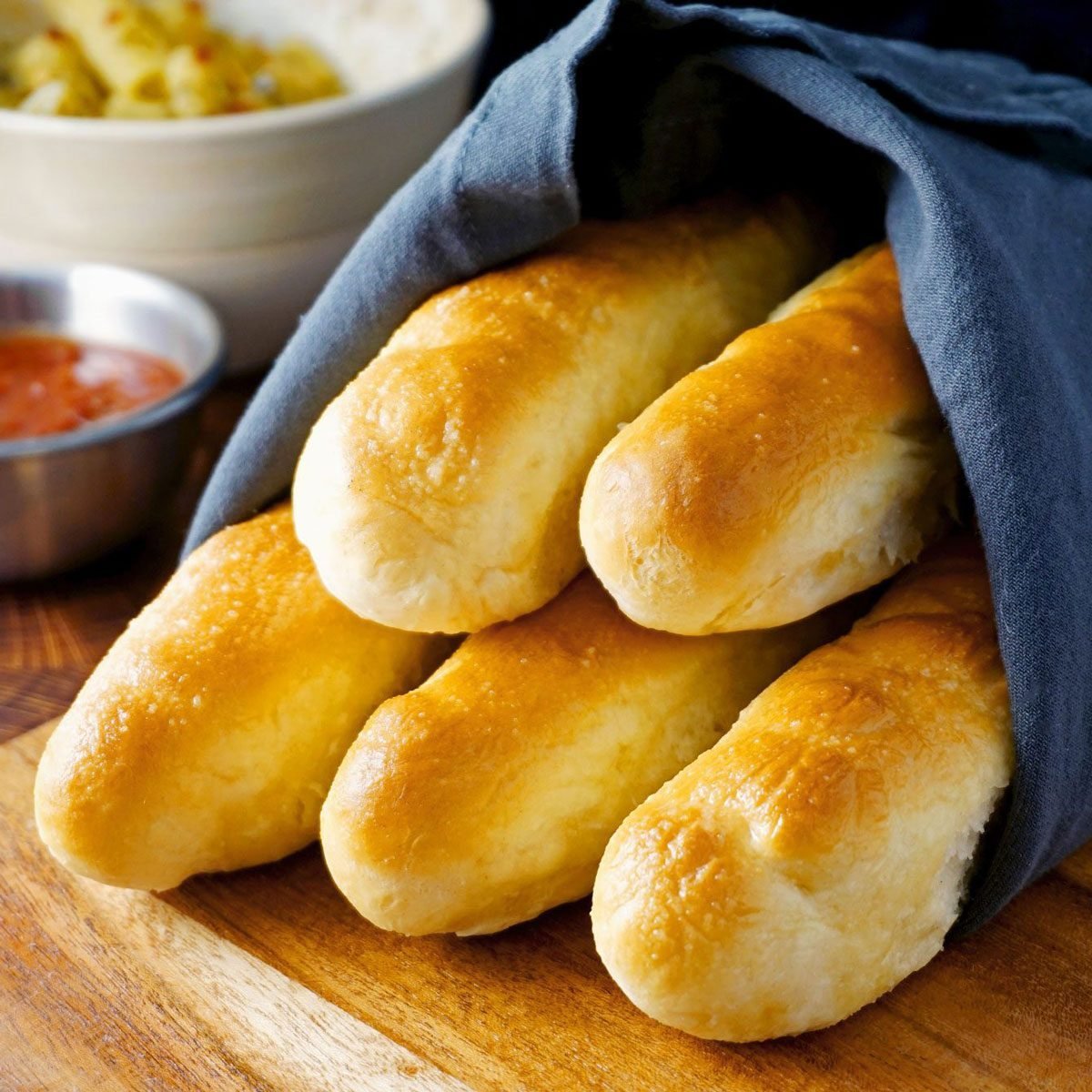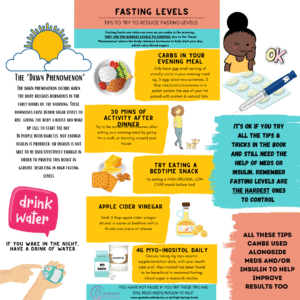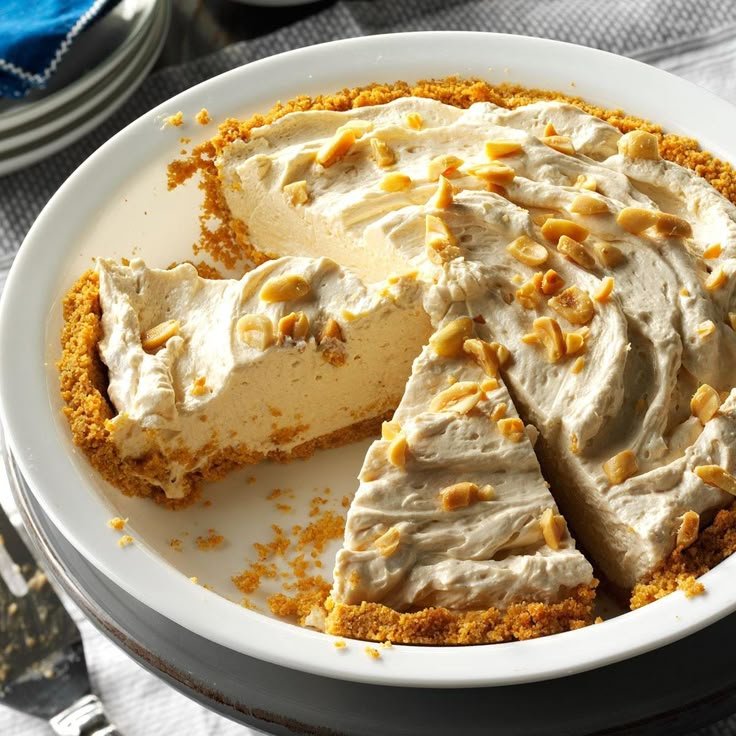Pill Esophagitis and Medication-Induced Throat Pain
What Is Tablet Esophagitis?
Tablet esophagitis, also known as drug-induced esophagitis, refers to irritation or inflammation of the esophagus caused by certain medications. The esophagus, the muscular tube connecting the mouth to the stomach, can become inflamed when medications irritate its lining, leading to discomfort in the chest or throat. This condition, marked by symptoms like chest pain or difficulty swallowing, can affect both adults and children and varies in severity from mild to severe.
Causes of Tablet Esophagitis
Tablet esophagitis occurs when medications damage the esophageal mucosa, the protective lining of the esophagus. Unlike acid reflux, where stomach acid causes irritation, this condition results from the chemical properties of certain drugs that alter the esophageal environment, making it overly acidic or alkaline. Common manifestations include redness, swelling, or ulcers in the mid-esophagus, which may lead to complications like “kissing ulcers” if untreated.
Medications Linked to Esophagitis
Several medications are known to increase the risk of tablet esophagitis, including:
-
Antibiotics: Such as doxycycline, amoxicillin, and ciprofloxacin.
-
Nonsteroidal Anti-Inflammatory Drugs (NSAIDs): Including aspirin and ibuprofen.
-
Bisphosphonates: Like ibandronate and alendronate (Fosamax).
-
Blood Pressure Medications: Such as ramipril (Altace) and amlodipine (Norvasc).
-
Other Drugs: Including acetaminophen (Tylenol), vitamin C, and warfarin.
Risk Factors for Tablet Esophagitis
Certain factors heighten the likelihood of developing tablet esophagitis, particularly those affecting how medications move through the esophagus:
-
Swallowing pills without enough water or taking them “dry.”
-
Using gel capsules that may stick to the esophageal wall.
-
Taking sustained-release medications that dissolve slowly.
-
Lying down soon after taking pills, allowing them to linger in the esophagus.
-
Low saliva production, common in older adults.
-
Esophageal motility disorders like achalasia, which impair swallowing.
-
Structural issues like esophageal strictures that trap medications.
Women are more prone to this condition due to their typically smaller esophageal anatomy, and older adults face higher risks due to reduced saliva and swallowing difficulties.
Symptoms of Tablet Esophagitis
The symptoms of tablet esophagitis stem from damage to the esophageal lining and may appear immediately after taking a pill or days later, especially with slow-release drugs. Common symptoms include:
-
A sensation of a pill stuck in the throat.
-
Mid-chest pain, often mistaken for heartburn.
-
Painful swallowing (odynophagia).
-
Difficulty swallowing (dysphagia).
-
Dull pain radiating to the shoulders.
If “kissing ulcers” develop, symptoms may worsen progressively.
Potential Complications
While many cases of tablet esophagitis resolve without lasting effects, persistent or severe cases can lead to serious complications, such as:
-
Esophageal Strictures: Scar tissue formation that narrows the esophagus, exacerbating swallowing difficulties.
-
Esophageal Perforation: Long-term damage weakening the esophageal wall, increasing the risk of tears.
-
Hematemesis: Rare instances of vomiting or coughing up blood, accompanied by dark, tarry stools (melena).
Individuals with gastroesophageal reflux disease (GERD) face a higher risk of complications due to the combined effects of medication irritation and stomach acid.
Diagnosing Tablet Esophagitis
Diagnosing tablet esophagitis typically involves a primary care provider or a gastroenterologist. The process begins with a thorough review of symptoms, medical history, and current medications. A physical exam may assess throat and chest symptoms. In straightforward cases, a diagnosis may be made based on symptoms like chest pain or dysphagia linked to known esophagitis-causing drugs.
For persistent or severe cases, an upper endoscopy may be recommended. This procedure uses a flexible, lighted scope inserted through the mouth to examine the esophagus, performed under mild sedation for patient comfort.
Treatment Options for Tablet Esophagitis
Treatment focuses on relieving symptoms and promoting healing. The first step is often discontinuing the offending medication, which may involve switching to an alternative drug or adjusting the treatment plan. Additional treatments include:
-
Proton Pump Inhibitors (PPIs): Medications like omeprazole (Prilosec) or pantoprazole (Protonix) reduce stomach acid production, lowering esophageal irritation.
-
Antacids: Over-the-counter options like Tums or Milk of Magnesia neutralize acid in the stomach and esophagus.
-
Sucralfate (Carafate): A liquid medication that coats the esophagus, protecting it from acid and aiding ulcer healing.
-
Oral Lidocaine Spray: A numbing agent to alleviate throat pain.
Patients are also advised to avoid spicy, acidic, or hot foods until the esophagus heals fully.
Preventing Tablet Esophagitis
Preventing tablet esophagitis involves adopting habits to ensure medications pass through the esophagus quickly and safely. Practical tips include:
-
Sitting or standing upright while taking pills.
-
Drinking a sip of water before and a full glass after swallowing a pill.
-
Taking pills one at a time to avoid overwhelming the esophagus.
-
Eating a small snack after taking medication to aid passage.
-
Waiting at least 30 minutes before lying down after taking a pill.
Conclusion
Tablet esophagitis is a manageable condition caused by medications irritating the esophagus. By understanding its causes, recognizing symptoms, and adopting preventive measures, individuals can reduce their risk and maintain esophageal health. If symptoms persist, consulting a healthcare provider is essential for proper diagnosis and treatment.
💡 Frequently Asked Questions
Patterns of Esophagitis: Which Is Yours?
Answer coming soon. We are working on detailed responses to this common question.
Can GERD Bring about Middle Palpitations?
Answer coming soon. We are working on detailed responses to this common question.
YEPURI, MD, Health care Consultant BOARD Continuously Requested QuestionsWhy does it really feel which includes my tablets attain trapped inside of my throat?
Answer coming soon. We are working on detailed responses to this common question.
Master Much more:Why Do Tablets Obtain Trapped inside of My Throat?
Answer coming soon. We are working on detailed responses to this common question.
How extensive does tablet-brought on esophagitis remaining?
Answer coming soon. We are working on detailed responses to this common question.
⭐ Expert Tips
- Include seasonal or trendy variations to keep your meals exciting.
- Highlight prep shortcuts or time-saving techniques for busy cooks.
- Consider dietary restrictions and include substitution suggestions.
✅ Key Takeaways
- These dinner ideas are perfect for impressing guests or enjoying special occasions.
- Choose recipes that match your skill level and available kitchen tools.
- Presentation and taste both contribute to a memorable dining experience.
📣 Join Our Community
Want more inspiration like this? Subscribe to our newsletter for weekly dinner ideas and cooking tips!




